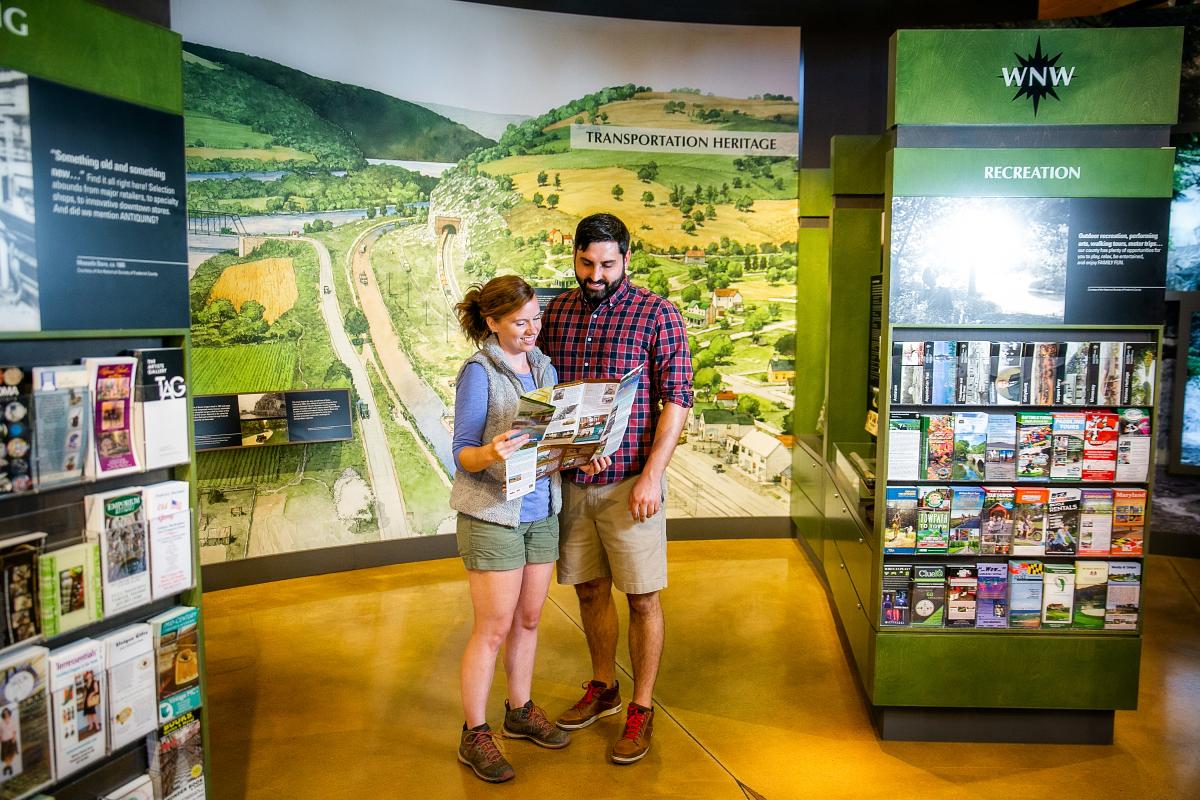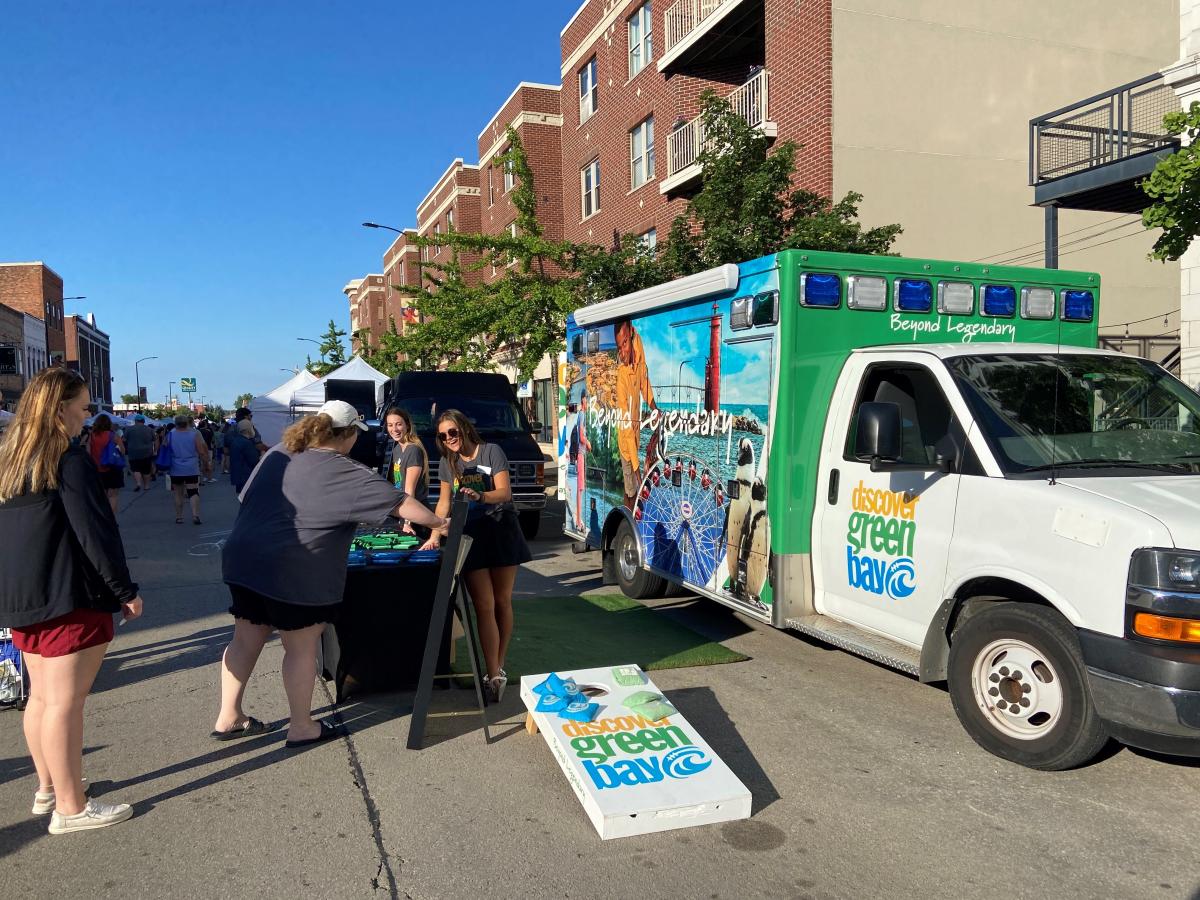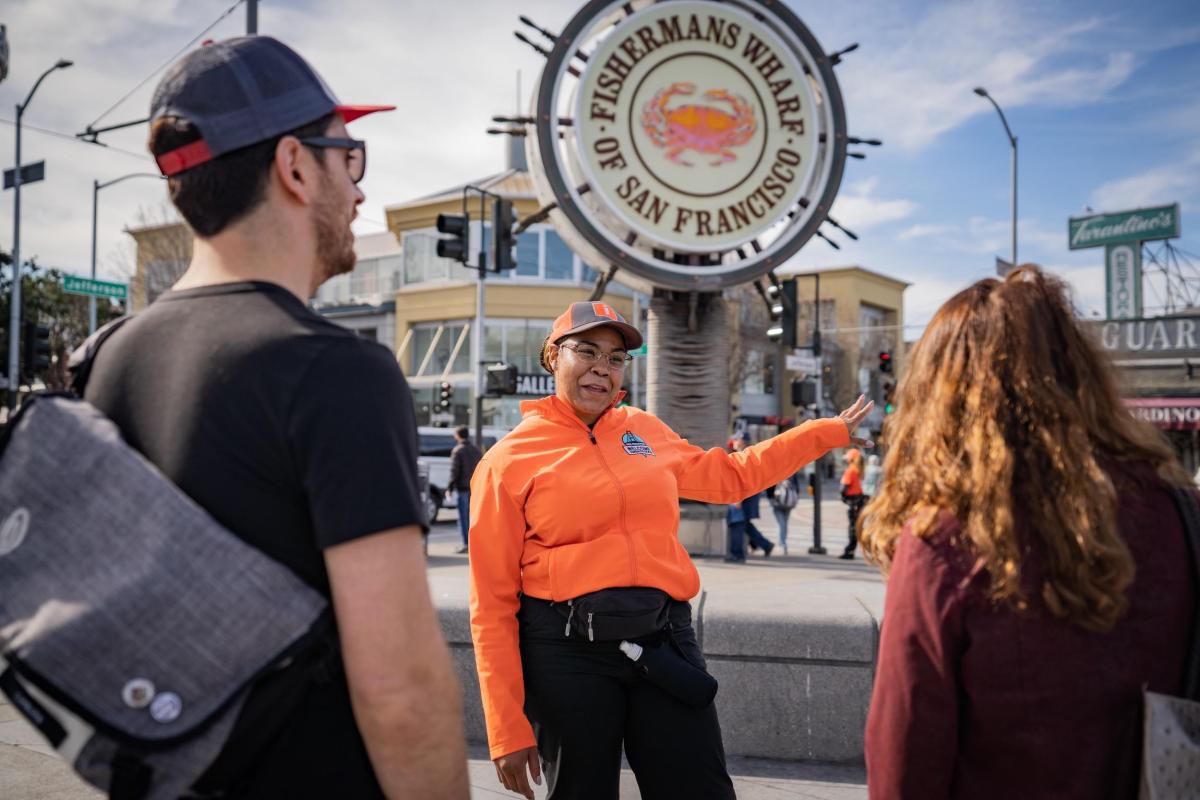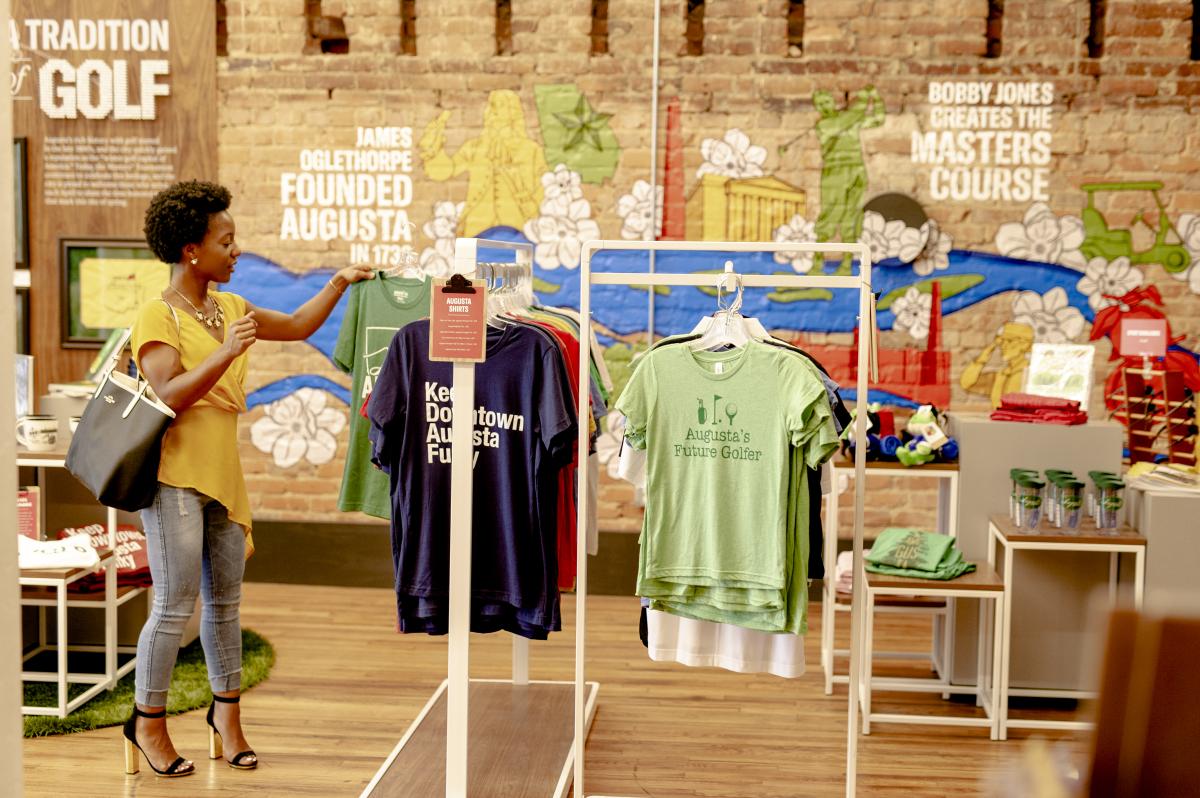
It’s well-understood that DMOs are not responsible for and can’t control the in-market visitor experience; once a visitor arrives in the destination, that responsibility is [appropriately] ceded to the hotels, restaurants, attractions, retail shops, etc.
But the visitor information experience is different. The responsibility for providing the most relevant and topical information to visitors should not be ceded to anyone. The DMO is the expert and must claim and own that right.
Historically, the primary role of the DMO was about inspiration. They were there to let potential visitors know what there was to see and do in the destination, and once that trip was booked, they stepped out of the way and let the visitors figure out what they wanted to do while there.
Correction: There was also a travel guide (which visitors sent in a postcard for (or called a 1-800# about) and sometimes a “Welcome Center,” but once the internet, social media and handheld devices arrived, the options for where to get travel information expanded exponentially and DMOs more or less slipped back into a role of pre-trip inspiration, and allowed others to fill in the gaps once visitors arrived.
Which feels…wrong. After all, no one knows the destination better, no one knows the visitor better, and no one – certainly no global internet company – has the same kind of vested interest in the viability and long-term health of the whole destination than the DMO does.
Apps have no interest in destination management, they don’t care about geographic dispersion, and they’re not particularly knowledgeable about or concerned with neighborhood development. They might know the most popular things to do, but if we’ve learned one thing over the last few years, what might be most popular for some doesn’t mean it’s most appealing to all. No offense, but for all that we call our devices “smart,” in many ways apps are in fact really dumb.
But imagine being able to harness the power of guiding visitors to tucked away spots, little-known neighborhoods, funky quirky things to see and do and eat that were in line with what the visitors really wanted to discover anyway.
That’s the power DMOs have. So how do they go from where they are – primarily out of market pre-trip inspiration providers to being on the ground in market information suppliers – and why does it matter?
To answer the second question first, two reasons. First, it matters because you want to provide your visitors with an optimal experience while in your destination. Second, it matters because you want to ensure your stakeholders see you supporting them by directing visitors their way.
So how do you get there?
In San Francisco, we developed a list of seven criteria to guide our efforts to push “visitor information” out to in-market travelers. I’d be remiss if I didn’t say that before you do ANY of these things, make sure your SEO is fine-tuned, and that you’re investing what you need there for your results to pop first whenever anyone types in “things to do right now while I’m here.”
Here’s how we thought about it and mapped it out:
1. Engage Visitors Pre-/During/Post-Travel
You might think I’m suggesting that communicating pre and post trip is unimportant, but I assure you I’m not. In fact, striking up a relationship before the traveler visits – and then maintaining it after they leave – is not only a surefire way to get someone to return, but it’s also a gold mine for word of mouth. And there are lots of strategies you can deploy to create that pre/post-trip engagement, from e-newsletter signups to social media, inviting (and incentivizing) people to take surveys so you can serve them relevant content while they’re there.

2. Increase Days, Do’s & Dollars
If the primary function of the DMO overall is one of economic impact, then it's incumbent upon your visitor information experience team to determine how to deliver against that goal. It may be as simple as selling maps or local transit passes, or it could be how you’re leveraging and monetizing the eyeballs on your marketing channels. Even better, it could be how you’re tracking the visitors you’re sending to local businesses, and how much they’re spending while they’re there.
3. Don’t Limit Yourself: Info can Live Anywhere
There’s a myth that visitor information lives in two places only – in a visitor information center, or on your phone. Not true. It can live in content you provide to your hoteliers, on destination wayfinding, in empty retail storefronts, in ambassadors or in kiosks or in vehicles, etc. Think about where your visitors are and what kind of information they need, and there’s almost always a solution for how to get it to them (and influence them).

4. Develop Data Flow & Create Feedback Loops
Visitor Information Centers can frequently be disconnected from the rest of the DMO’s operations, missing opportunities to share critical information between those inspiring future travel and those informing current travel. Creating feedback loops means that current visitors’ needs and desires can inform how to communicate with future travelers, and tools used to inspire future travel can guide what in-market visitors do while there.
5. Get Personal with Tailored Content
All fives are not equal. The needs of a family of five vary wildly from a group of five senior women traveling together which then vary wildly from a group of five on a bachelor party trip, yet many websites/apps have historically been set up to provide more general info than personalized. Getting personal means building trust and collecting first party data about your visitors, which then gives you the ability to direct guests to places and experiences other than the primary (and likely over-visited) things to do in your destination.

6. Sustainability is Essential
If we see our role as one in which it’s our responsibility to protect and nurture the destination for generations of visitors (and residents!), then we must think about the volume of visitors and where we’re driving them. If we’re sending them all to the same places, it stands to reason that those places are likely to be overrun, and it also stands to reason that other places are going to experience a real shortage of visitors. We’re uniquely positioned to better guide a healthy and more sustainable experience for all.
7. Live the Brand
Almost goes without saying that the visitor information experience must ideally both emanate from – and pour back into – the destination/DMO brand overall. Table stakes are that the design, staff, presentation of information, etc. should reflect the destination/DMO brand in tone, personality and visual identity. But even more than that, everything you do is an opportunity to inform the visitors (and stakeholders) not just about where to go and what to do but also about who you are and why you exist. And many visitors today want to know what does your brand stand for, what is its core value?

This requires a more thoughtful and intentional approach than many DMOs have historically when it comes to their visitor center. It requires inter-departmental collaboration and a holistic perspective on how visitors are receiving, assimilating and utilizing information about what to do and see while they’re visiting you. But with goals of both a significantly improved visitor experience along with a significantly happier stakeholder base, you have every reason to take this on and make it a key priority in the next 12 months.


